When your home has a crawl space and begins showing signs of foundation problems, most foundation repair companies will recommend encapsulating it. And this solution has its merits. There are many resulting benefits. This process involves the installation of a vapor barrier that protects the walls and ceiling. It offers a dry barrier between the ground (where water can seep through) and a home’s foundation. However, it is not necessarily the best solution for every home. Here are 7 reasons you should avoid encapsulating your crawl space.
1. High Price Tag

You may need to pinch your pennies to pay for this costly project.
©Singkham/Shutterstock.com
The biggest reason to avoid encapsulating your crawl space comes down to its high price point. Not everyone is in a financial position to afford this extremely costly project. Depending on the size of your home and several other factors, this home improvement project can run from $5,000 to $15,000.
While some foundation repair companies offer financing to help offset the cost of crawl space encapsulation, it is still a significant burden on a family budget.
2. Costly Maintenance
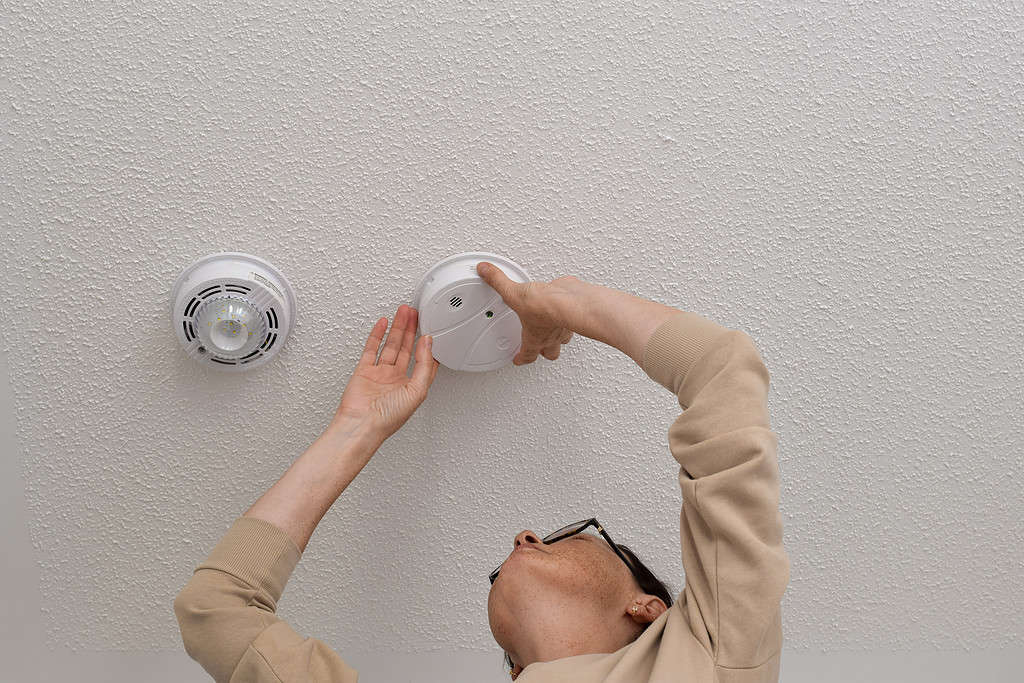
Home maintenance is an expensive and ongoing task. Crawl space encapsulation adds another task to your to-do list.
©JulieAlexK/iStock via Getty Images
Crawl space encapsulation isn’t a “set it and forget it” job. Once it’s completed, you no longer have to worry so much about moisture intrusion or pest infestations. But that’s not the only associated cost.
Home maintenance costs will most likely go up due to the necessary upkeep of the encapsulated space. Homeowners will need to keep a watchful eye to ensure no problems arise. If (or when) trouble with your encapsulation comes up, the cost of professional help to resolve it can negatively impact your budget.
3. Lack of Storage
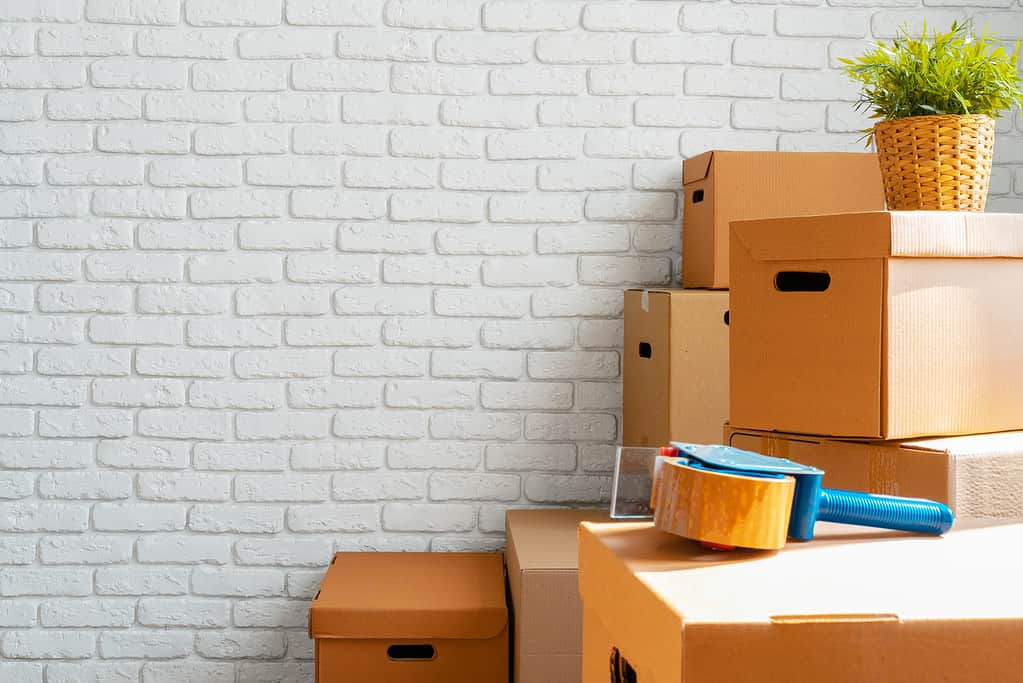
You may need to find someplace else to store your boxes and holiday decorations.
©FabrikaCr/iStock via Getty Images
Many people use their crawl spaces for additional storage. It’s a great place to stash holiday decorations or other rarely used items. Once that space is encapsulated, it can no longer be used for storage. So, there may be a small trade-off in opting for this home improvement project.
4. Limited Access
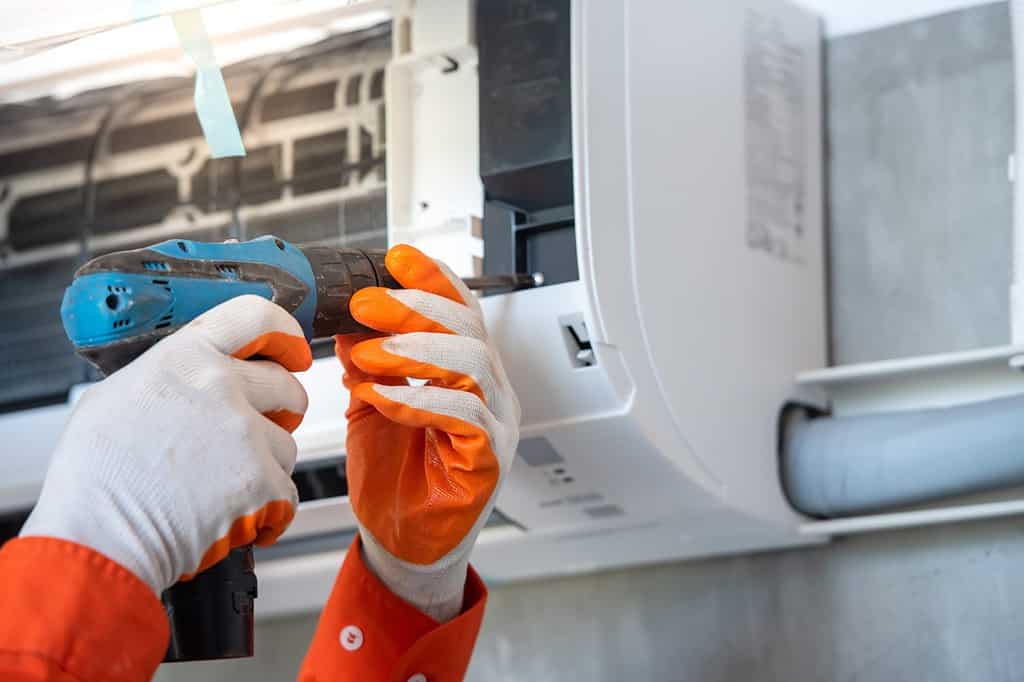
Many home systems sit in the crawl space, and they become difficult to get to once it is encapsulated.
©BELL KA PANG/Shutterstock.com
One of the benefits of a home’s crawl space is that it offers easy access to critical systems, like plumbing. Crawl space encapsulation reduces the amount of space underneath your home. And that makes it more difficult for you or professionals to access systems for maintenance, repairs, or in emergencies.
5. Reduced Visibility
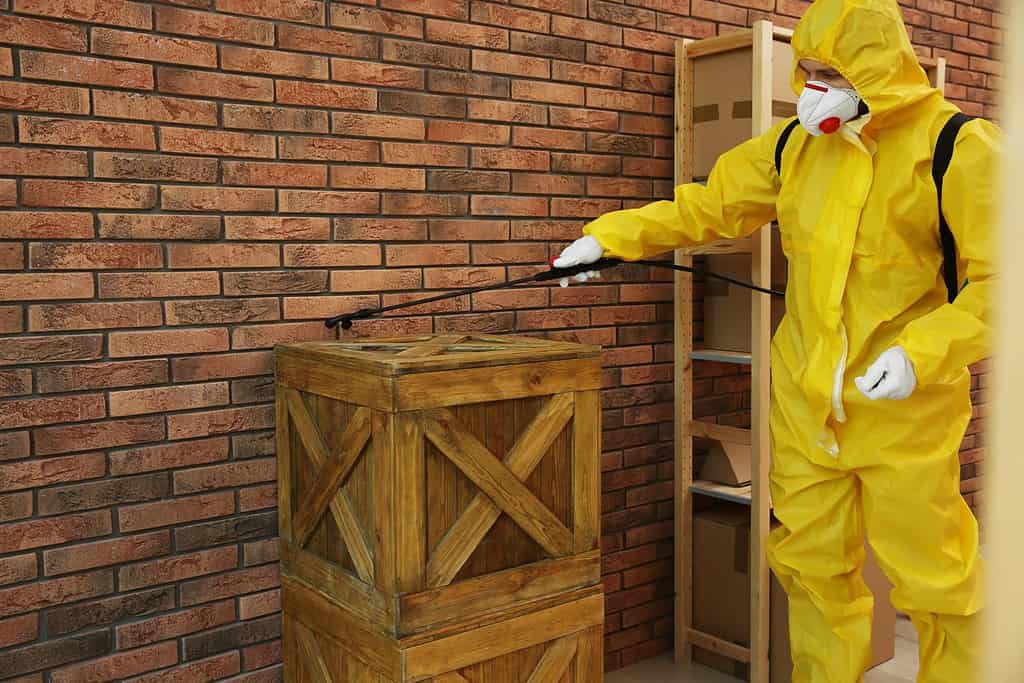
It is more difficult to spot pests with an encapsulated crawl space, which prevents professionals from helping when they need to.
©New Africa/Shutterstock.com
While crawl space encapsulation is supposed to help address water intrusion problems or pest issues, it is not foolproof. Trouble may still plague your home’s foundation. The presence of encapsulation makes it more difficult to keep an eye out for problems. And that can mean they remain undetected until they become serious.
6. Possible Gas Buildup Concerns

Decaying plant matter left on your crawl space floor can cause harmful gas buildups.
©iStock.com/Francisco Herrera
Crawl spaces that don’t get cleaned out properly before getting encapsulated can lead to possible gas buildup. Any decaying organic matter can lead to this very serious issue. Gas buildup below your house can lead to air quality and other health issues in the main home. If this is a serious concern for you, consider opting for an alternative solution.
7. Built in a Flood Zone
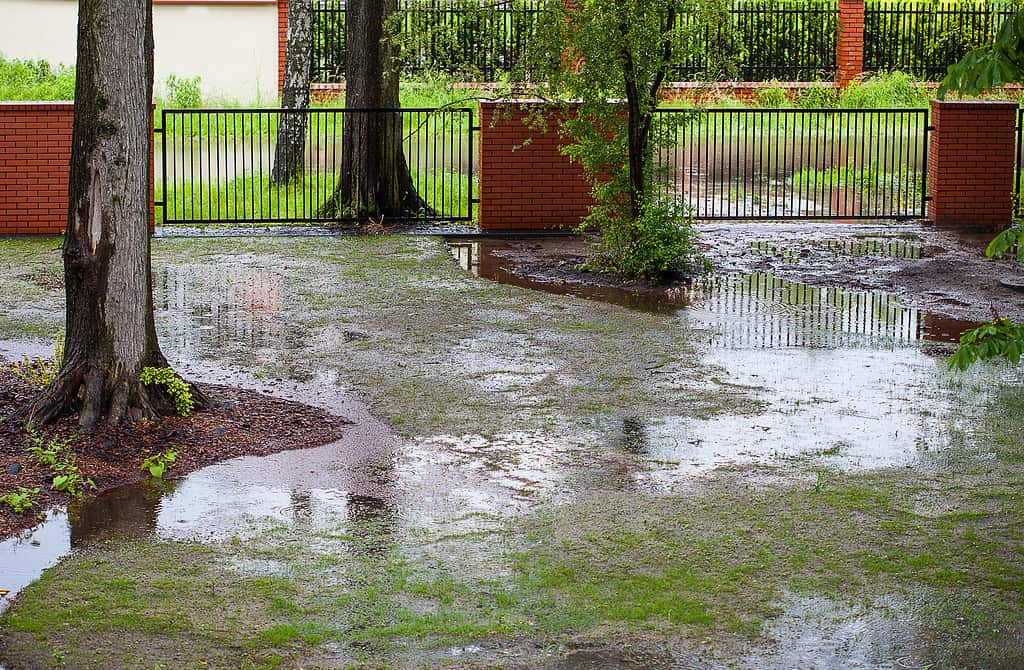
Homes in a flood zone often experience standing water issues after heavy rains.
©KatarzynaBialasiewicz/iStock via Getty Images
It is not unusual for homes to get built in flood zones, and when they are, those crawl spaces are prone to flooding. That means homeowners must face regular bulk water intrusion or standing water on the floor of their crawl spaces. Unfortunately, since this is often a regular occurrence for those living in flood-prone areas, it means crawl space encapsulation is out of the question.
This home improvement project doesn’t address serious water intrusion. Adding plastic to a space that experiences regular buildup will only cause additional trouble. It simply traps the fluid rather than giving it a way to escape. That process increases humidity levels, which can cause a host of worsening trouble for your foundation.
Summary of 7 Reasons You Should Avoid Encapsulating Your Crawl Space
| 1 | High Price Tag |
| 2 | Costly Maintenance |
| 3 | Lack of Storage |
| 4 | Limited Access |
| 5 | Reduced Visibility |
| 6 | Possible Gas Buildup Concerns |
| 7 | Built in a Flood Zone |
The photo featured at the top of this post is © Ethen Dell/iStock via Getty Images
Thank you for reading! Have some feedback for us? Contact the AZ Animals editorial team.







